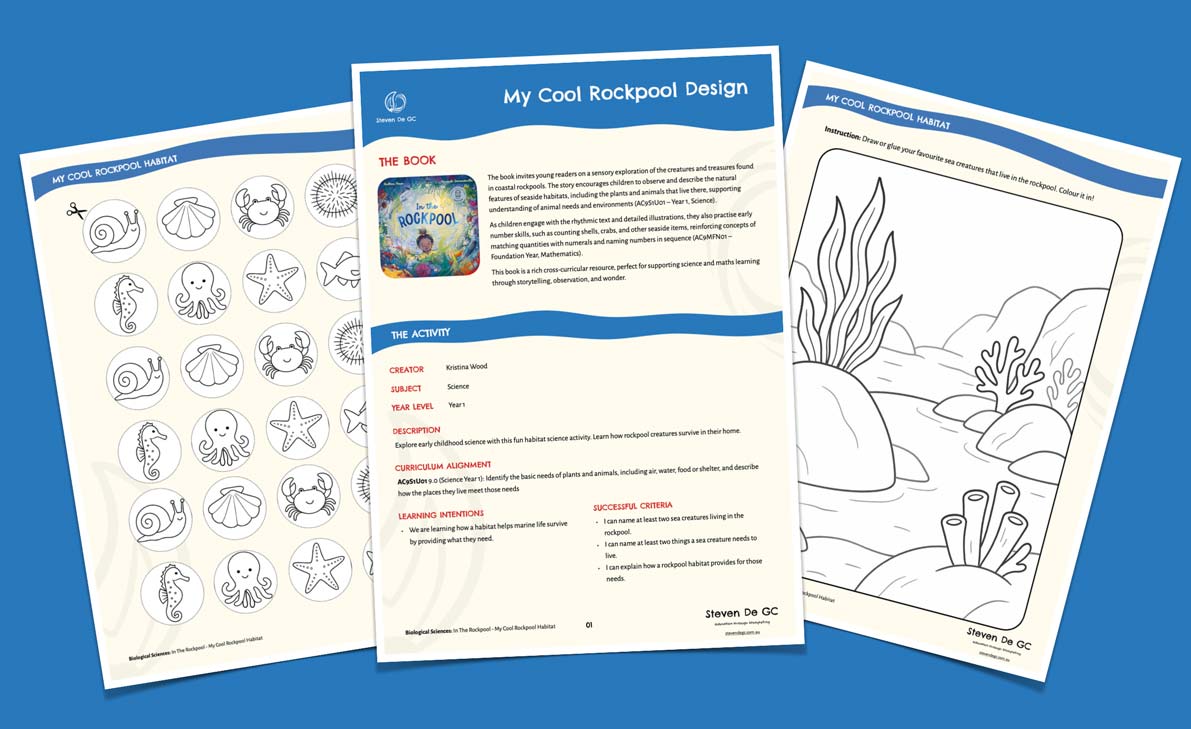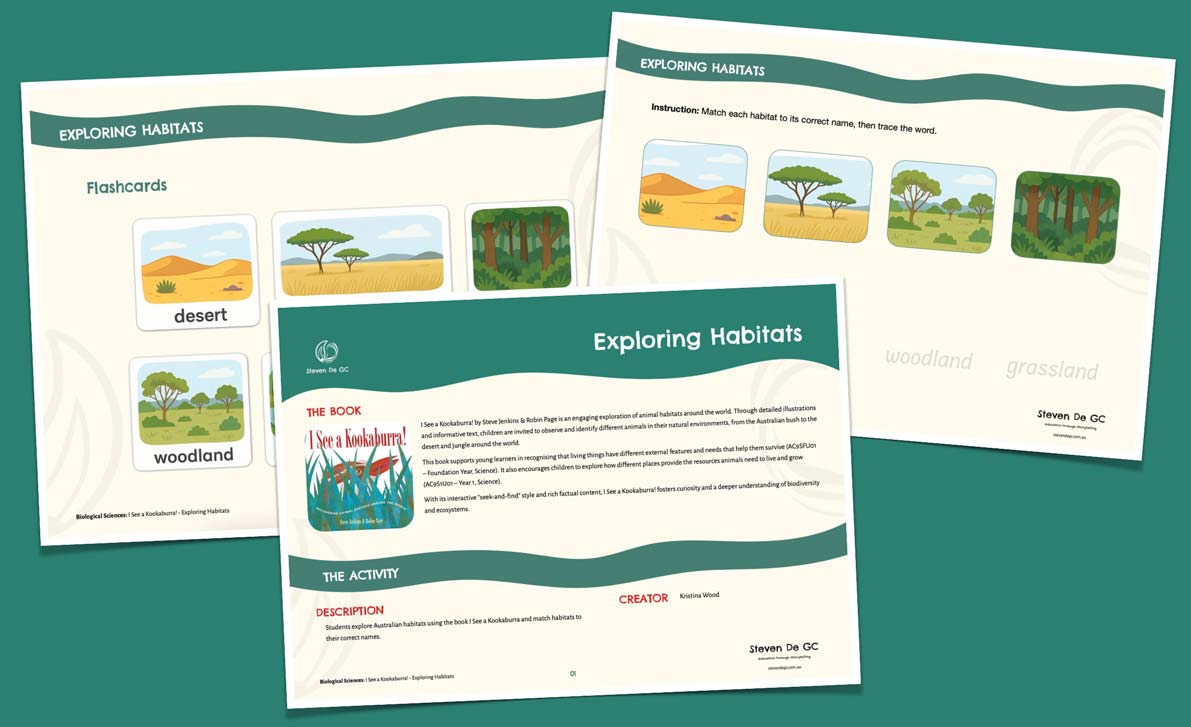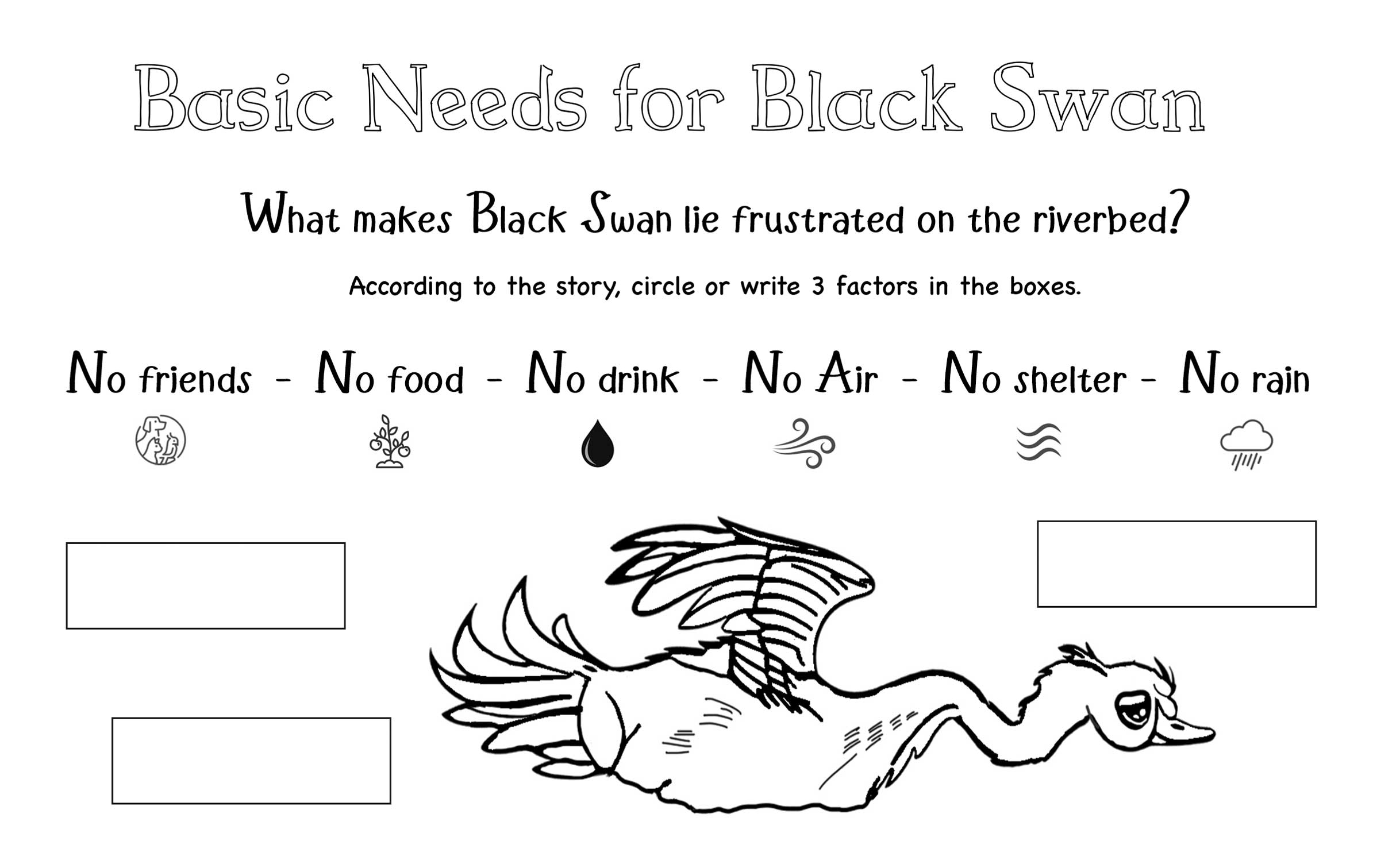$5 Off First Order + 5% Off After
Become a free registered member and get access to exclusive discounts, resources, and a community of like-minded educators.
Not sure yet? See what you’ll get: Member benefits
AC9S1U01
Identify the basic needs of plants and animals, including air, water, food or shelter, and describe how the places they live meet those needs
Elaborations
• identifying the places where plants and animals live, including in our homes, local areas such as ponds, national parks, gardens or zoos
• identifying what they do to look after pets or plants at home and grouping these activities
• identifying and comparing the needs of a variety of plants and animals, including humans, based on their own experiences
• creating dioramas of a place a plant or animal lives, and identifying the features that enable it to meet its needs
• recognising how First Nations Australians care for living things
• exploring why caring for plants and animals is important including as sources of food and fibre








